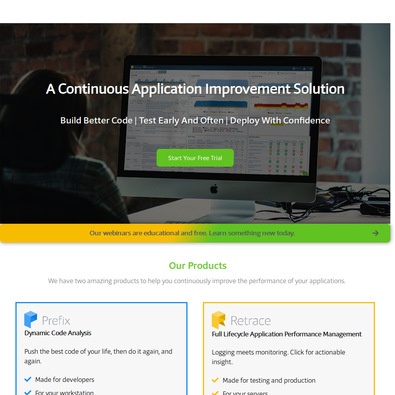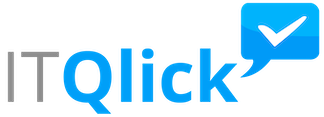Stackify Pricing Plans & Cost Guide (Mar 2022)
Compare Pricing
| ITQlick Score: | 97/100 |
|---|---|
| ITQlick Rating: |
|
| Pricing: | 5/10 - average cost |
| Category: | Application Development -> Stackify review -> Stackify pricing |
| Ranking: | Ranked 1 out of 45 Application Development systems |
| Company: | Stackify |
| Pricing: | starts at $35 per server/month |
| Typical customers: | Small, medium and large size businesses |
| Platforms: | Desktop, Cloud |
| Links: | Stackify review, Stackify alternatives |
 Shlomi Lavi / Mar 08, 2022
Shlomi Lavi / Mar 08, 2022We publish unbiased reviews. Our opinions are our own and are not influenced by payments from advertisers. This content is reader-supported, which means if you leave your details with us we may earn a commission. Learn why ITQlick is free .
Table of Contents
Stackify pricing: How much does it cost in 2023?
Stackify has four pricing plans for developers. The first plan which is the starting plan is the logs and errors which goes for $35 monthly. It is followed by the Essentials plan which goes for $99 monthly, and the Standard plan which goes for $249 monthly. Lastly, the pricing for the Enterprise plan is not currently displayed on the website.The log and errors plan which is meant for starters comes with 1-2 servers alongside 2,000,000 logs with 7-day log retention. Both traces and APM are not included. The Essential plan offers the features contained in the log and errors plan with added features such as retention trace for 7 days, and a summary for the retention data.
The standard plan offers up to 5 servers with traces of up to 2,000,000 and logs counting up to 10,000,000. It comes with a retention log that lasts up to 15 days, and trace retention that with a durability of 7 days. Lastly, it offers summary retention of data lasting for 12 months.
The enterprise plan offers all that is included in the standard plan. It also comes with servers, logs, and unlimited traces. Stackify is rated 2.5 by expert reviews which makes it an average budget compared to its competitors.
Stackify vs. competitors (pricing)
Stackify is about the same cost as the industry average. When comparing to other top Application Development vendors, on a scale between 1 to 10 (10 is the most expensive to implement), Stackify is rated 5. Read the article below in order to calculate the total cost of ownership (TCO), which includes: customization, data migration, training, hardware, maintenance, upgrades, and more.
Cost of software customizations
Customizing the software to meet the specific needs of the organization can be a costly process, especially if the customization requires significant development or integration work. The average cost of customization can range from a few thousand dollars to several hundred thousand dollars, depending on the complexity of the customization work.
Data migration cost Relevant for Stackify
Migrating data from old systems to the new software can be a time-consuming and costly process, especially if the data is large or complex. The average cost of data migration can range from a few thousand dollars to several hundred thousand dollars, depending on the size and complexity of the data.
Cost of training
How many groups (different departments, usages, type of users) are needed for Stackify training? Training employees to use the new software can be a significant cost, especially if the software is complex or requires specialized knowledge. The average cost of training can range from a few hundred dollars to several thousand dollars per employee, depending on the complexity of the software and the duration of the training.
Cost of maintenance
Ongoing maintenance and support for the software can be a significant cost, especially if the software requires frequent updates or has a high rate of bugs or issues. The average cost of maintenance can range from a few hundred dollars to several thousand dollars per year, depending on the complexity of the software and the level of support required.
Frequently Asked Questions (FAQs)
Auditor - Shlomi Lavi
Shlomi Lavi is an entrepreneur and founder of ITQlick.com. He holds a Bachelor of Science (B.Sc.) in Information Systems Engineering from Ben Gurion University in Israel. Shlomi brings 17 years of global IT and IS management experience as a consultant and implementation expert for small, medium and large-sized (global) companies. Shlomi’s goal is to share the best knowledge and news about information systems so you can make smarter buying decisions for your business.
